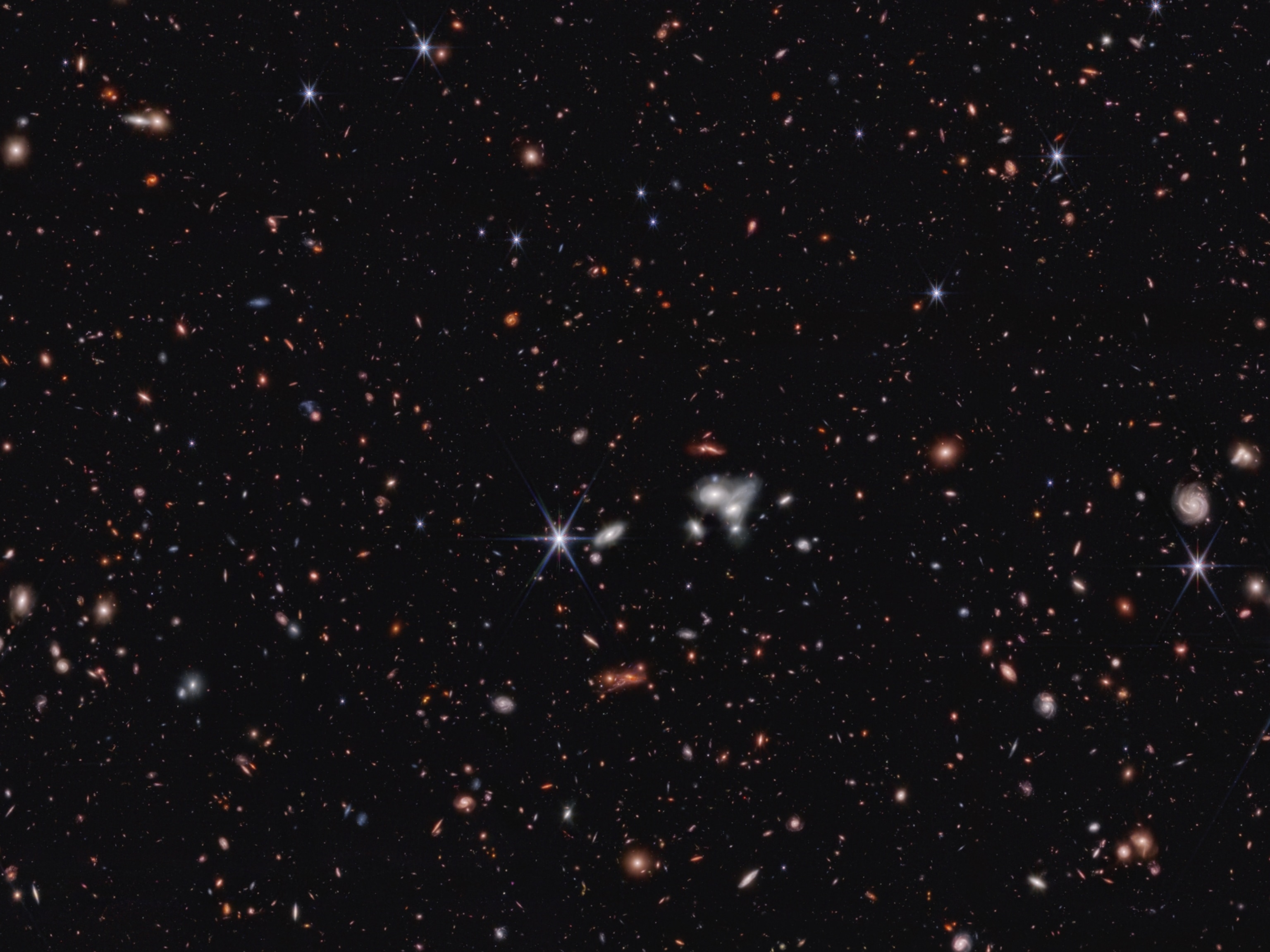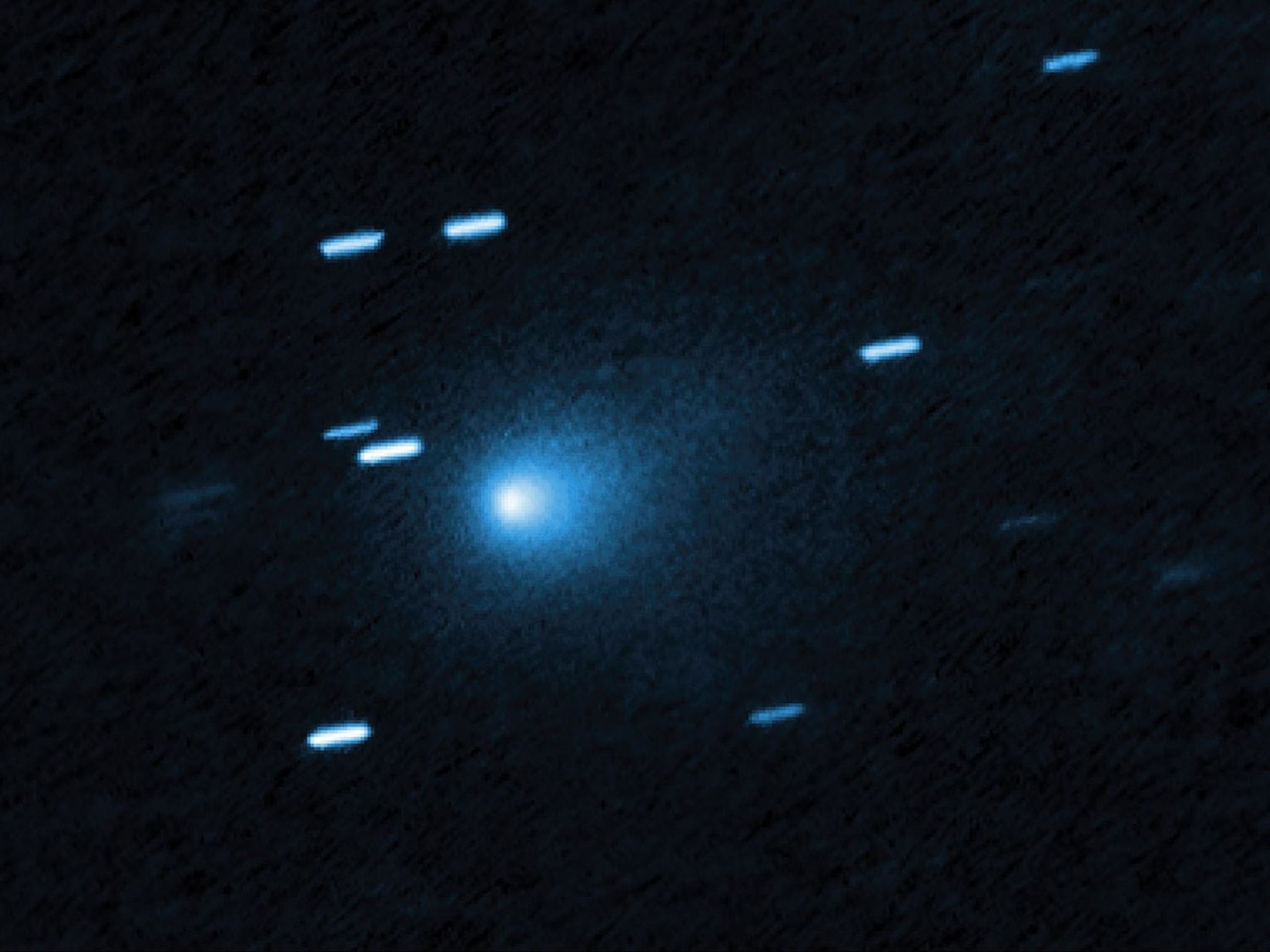
Stunning Photo Reveals Galaxy With Supermassive Black Hole
At the heart of a brilliant elliptical galaxy sits one of the most massive black holes ever discovered.
A dramatic new image from the Hubble Space Telescope may offer fresh insight into one of the great mysteries of the universe: black holes.
The image shows a bright white orb against a starry black background. Located in the Coma Cluster, about 300 million light years away from Earth, the orb is actually a distant view of the giant elliptical galaxy NGC 4889. At the center of that galaxy lies a sleeping giant: a supermassive black hole that is 21 billion times the mass of our sun.
The size of a black hole can be estimated by its event horizon, or the distance from the center of the black hole at which nothing can escape its gravitational grasp. According to NASA, this giant black hole has an event horizon with a diameter of approximately 130 billion kilometers. That's 15 times the diameter of Neptune’s orbit from the sun and means it is much bigger than the supermassive black hole at the center of our galaxy, the Milky Way. (Our local black hole is thought to be four million times the mass of our sun, with an event horizon one fifth the orbit of Mercury.)
The black hole at the center of NGC 4889 is among the largest ever discovered, but it is currently slumbering. Stars are forming around its margins and appear to remain stable, says NASA. (Read more about black holes.)
When the big black hole was active, it pulled in gas and dust so powerfully that it heated the material to millions of degrees, resulting in massive releases of energy. That process has now paused, but it could restart at a later date.
We can't see black holes directly because light can't escape their tremendous gravitational pull. But astronomers can find and measure them based on how they affect surrounding objects like stars and gas clouds. By studying such images, scientists hope to unravel the deep secrets of the universe.





